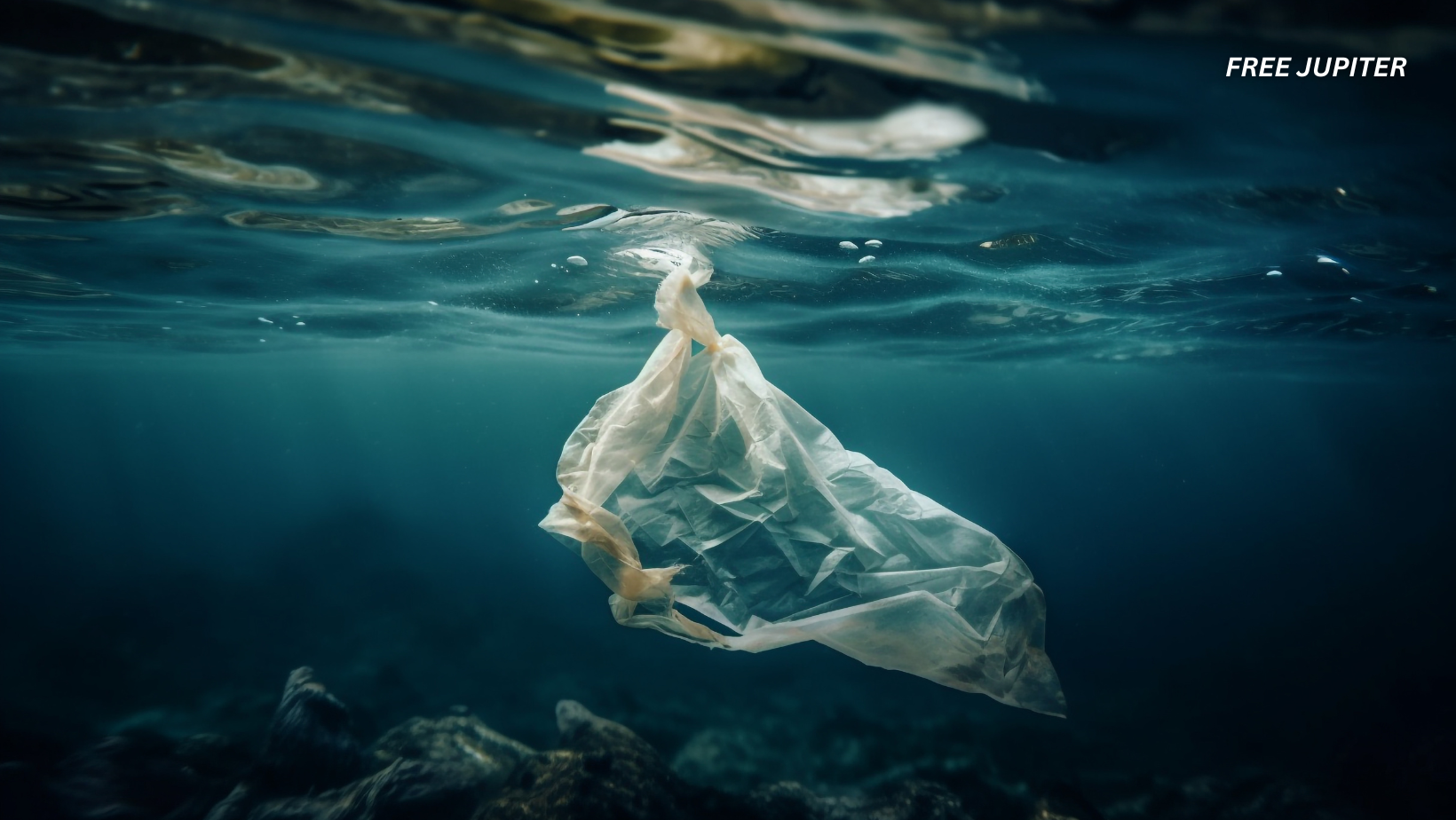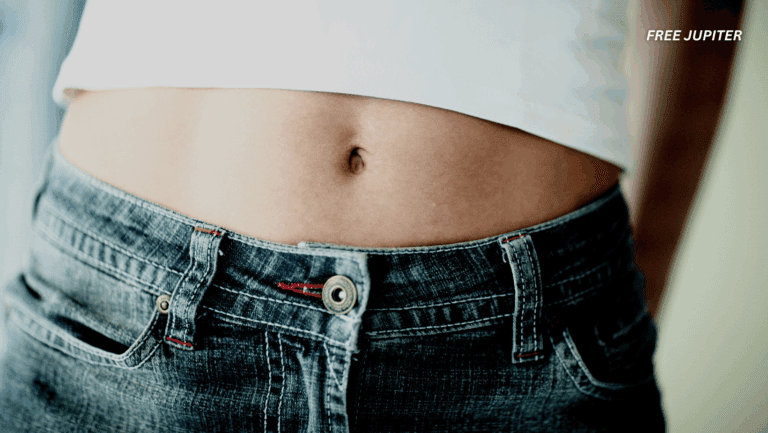For most of us, plastic feels like a necessary evil — it’s in our homes, our food packaging, and even the clothes we wear. But for 22-year-old inventor Julian Brown, plastic isn’t waste at all. It’s potential. “For as long as I walk this earth, there will be no such thing as plastic waste, only untapped potential energy,” reads a statement on his company’s website, NatureJab.
It sounds like an ambitious dream — turning the mountain of discarded plastic that pollutes the planet into something useful. But Brown has already taken that dream a step closer to reality with his creation: Plastoline, a clean-burning fuel made from plastic waste.
The Plastic Problem We Can’t Ignore
Plastic as we know it became widespread after World War II — and since then, it has quietly crept into every corner of modern life. Cheap, versatile, and durable, it became the backbone of consumer convenience. But the very thing that makes plastic so useful also makes it disastrous: it doesn’t decompose.
Instead of breaking down, plastic breaks apart — splintering into microscopic fragments known as microplastics. These tiny particles drift into oceans, rivers, and even our drinking water. They choke marine life, poison food chains, and, alarmingly, have been found inside the human body — in blood, organs, and even the first stool of newborn babies.
Every year, an estimated 8 million tons of plastic waste enter the oceans. It’s been discovered at the top of Mount Everest and in the deepest trenches of the Pacific Ocean. Plastic pollution isn’t just a problem for wildlife; it’s a full-blown planetary crisis that touches every living being on Earth.
Read more: Doctors Say They’ve Found a Way to Remove Microplastics From the Human Body
From a Hand Injury to a World-Changing Idea
Julian Brown’s journey began unexpectedly. During his senior year of high school, he suffered a serious hand injury that forced him to slow down. While recovering, he turned his frustration into curiosity. He began exploring ways to repurpose plastic waste — specifically, through a process known as pyrolysis.
Pyrolysis is essentially the heating of materials in the absence of oxygen. When applied to plastics, it can break them down into their basic chemical components — in other words, fuel. Traditional pyrolysis methods use direct flames, but Brown thought there had to be a cleaner and more efficient way.
His breakthrough came when he started experimenting with microwave-powered pyrolysis. Instead of flames, microwaves provide the energy needed to break down plastics, making the process more efficient and environmentally friendly. This is how Plastoline was born — a renewable fuel source that can be refined into gasoline, jet fuel, or diesel alternatives.
Building the “Plastoline” Reactors
Innovation rarely happens without trial and error. Brown built a series of prototype machines — each one named a “Mark” reactor — to test and refine his process.
- Mark I: His first attempt, a small-scale system that proved the concept but suffered from leaks and inefficiencies.
- Mark II: Solved many early technical flaws and provided better output.
- Mark III: Although it had design problems and a shorter lifespan, its horizontal layout offered key improvements.
- Mark IV: A major milestone — efficient, stable, and scalable enough for practical use.
- Mark V (in development): His latest model, now patent-pending, aims to be even more energy-efficient and capable of handling large volumes of plastic waste.
Each version brought Brown closer to his vision — turning discarded plastic into a usable, sustainable source of energy. The solar-powered reactor he’s now developing could one day make it possible to convert plastic waste into fuel anywhere in the world, without relying on fossil fuels or complex industrial setups.
Read more: This Natural Plant Extract Can Remove Up to 90% of Microplastics From Water
Proving That It Works
Brown’s invention isn’t just theoretical. His Plastoline fuel has already been tested by industry professionals — and it actually powers engines. Cars have successfully run on Plastoline, proving it’s not just an environmental statement but a functioning alternative to conventional fuel.
His next step? Public testing. Brown plans to demonstrate Plastoline’s real-world capabilities by using it at a Nissan dealership — specifically, in a Dodge Scat Pack, a car known for its high performance. If successful, it could be the first of many demonstrations that show how waste can literally fuel the future.
Why This Matters
Half of all plastic products we use are designed for single use — plastic bags, food containers, and packaging that we throw away after minutes of use. But “away” doesn’t really exist; it all ends up somewhere, either in landfills or the natural environment.
Microplastics have now entered the global food chain. Sea turtles mistake plastic bags for jellyfish, seabirds choke on bottle caps, and fish consume tiny plastic bits that end up on our dinner plates. A study published in Environmental Science & Technology estimates that the average person may ingest around 5 grams of microplastics per week — roughly the weight of a credit card.
By transforming plastic into energy, Brown’s work offers a twofold solution:
- Reducing waste that clogs ecosystems.
- Producing cleaner fuel that could help lessen our dependence on fossil fuels.
If scaled globally, technologies like Brown’s could change how we view plastic entirely — not as waste, but as a renewable resource waiting to be unlocked.
The Bigger Picture: From Waste to Worth
Julian Brown’s invention sits at the intersection of sustainability, creativity, and youthful determination. He represents a new generation of thinkers who see innovation not as luxury, but as a necessity for survival.
Plastic, for all its problems, holds enormous energy potential. If even a fraction of the billions of tons of plastic waste around the world could be converted into clean energy, the environmental and economic impact would be profound.
Scientists and environmentalists around the world have been exploring similar technologies — from bioplastics that decompose naturally to chemical recycling methods that recover usable materials. But Brown’s microwave pyrolysis method stands out for being compact, efficient, and adaptable — potentially allowing communities or even small industries to process their own waste locally.
Read more: This Black Fungus Can Break Down Plastic Waste Into Edible Substances
A Glimpse Into a Cleaner Future
It’s easy to feel powerless in the face of a global pollution crisis. But innovators like Julian Brown remind us that solutions don’t always come from billion-dollar corporations or government agencies — sometimes, they start in someone’s garage, fueled by curiosity and determination.
If Plastoline continues to prove successful, it could spark a worldwide movement to rethink plastic — not as something to be discarded, but as something to be transformed.
In Brown’s own words, plastic waste isn’t the end of the story — it’s the beginning of an energy revolution.
Featured image: Freepik.
Friendly Note: FreeJupiter.com shares general information for curious minds. Please fact-check all claims and double-check health info with a qualified professional. 🌱










